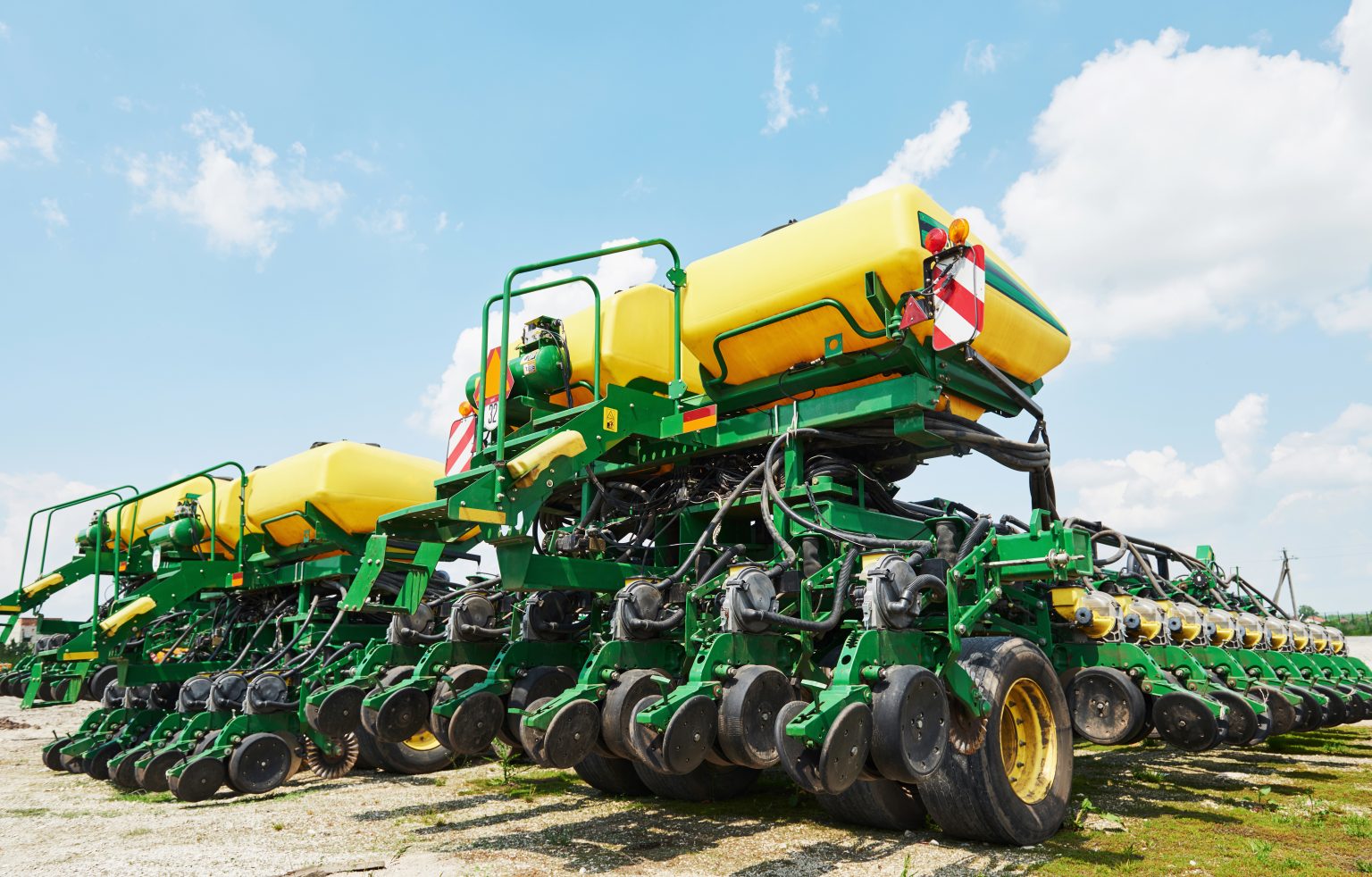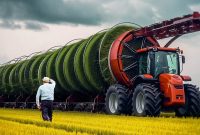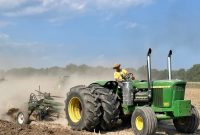In the world of agriculture, technological advancements have revolutionized the way farmers cultivate and harvest their crops. Over the years, the industry has witnessed incredible strides in the development of super-advanced large planting and harvesting machines, ushering in a new era of agricultural efficiency and sustainability. This article delves into the exciting realm of agricultural machinery modernization, highlighting the remarkable advances that have taken farming to new heights.

Agricultural machinery modernization has been pivotal in ensuring food security, enhancing crop yields, and minimizing the environmental impact of farming practices. Farmers have long relied on technology to increase their productivity, and the latest innovations have not disappointed. One significant aspect of this modernization is the development of super-advanced large planting and harvesting machines.
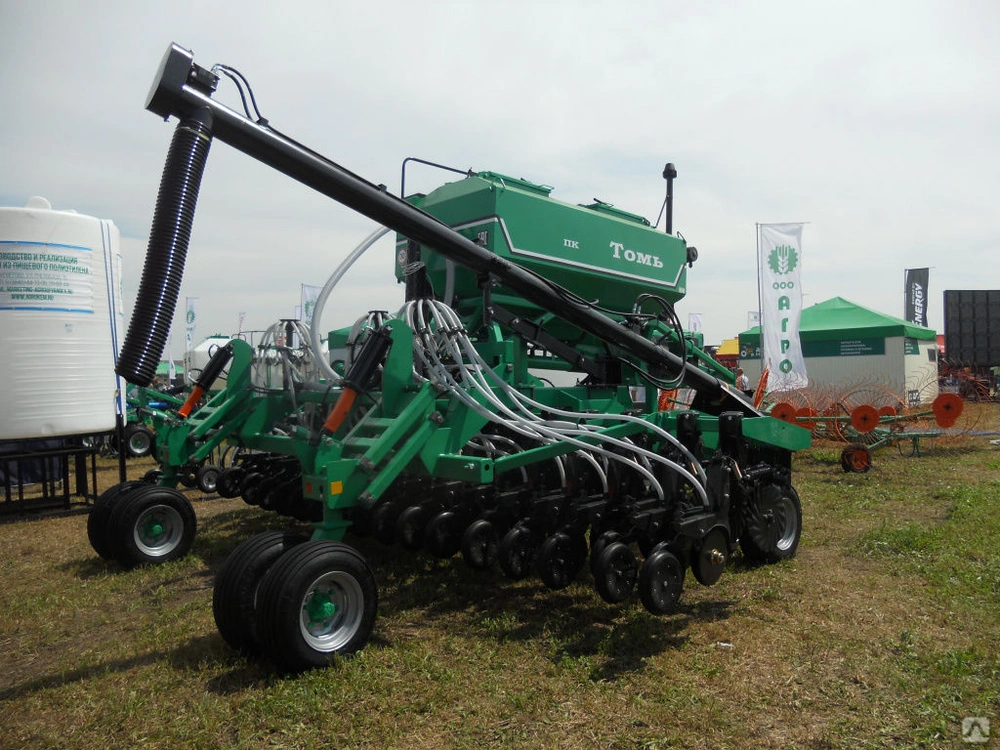
These machines are a far cry from the traditional tractors and plows of the past. They are equipped with cutting-edge technology, from GPS-guided systems that ensure precise planting and harvesting to automated controls that optimize fuel efficiency and reduce waste. These advancements enable farmers to work more efficiently, minimizing the need for manual labor and reducing the impact of human error.
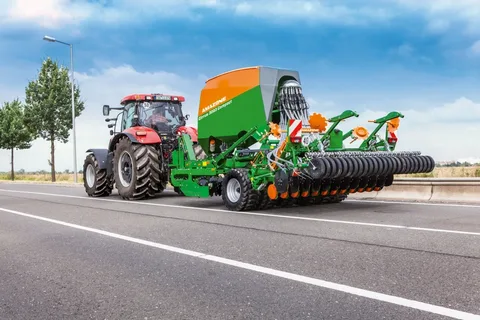
Large planting machines, for instance, can now cover vast expanses of land in record time. With their ability to plant crops with pinpoint accuracy and uniform spacing, they contribute to higher crop yields while conserving resources. Furthermore, these machines can also adapt to various soil conditions, making them versatile tools for modern farming.

Harvesting machines have similarly seen remarkable improvements. They are equipped with technologies that enable them to harvest crops more gently, reducing damage and waste. Precision harvesting not only results in better quality produce but also minimizes losses, benefitting both the environment and the farmer’s bottom line.
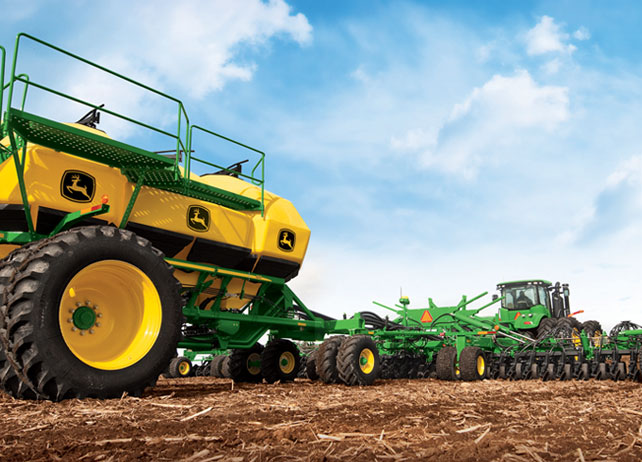
Incorporating data-driven decision-making into agriculture is another significant aspect of modernization. Farming equipment is now equipped with sensors that collect data on soil conditions, weather, and crop health. This data is then analyzed to provide insights that help farmers make informed decisions. Such technology allows for better resource allocation and more sustainable farming practices.
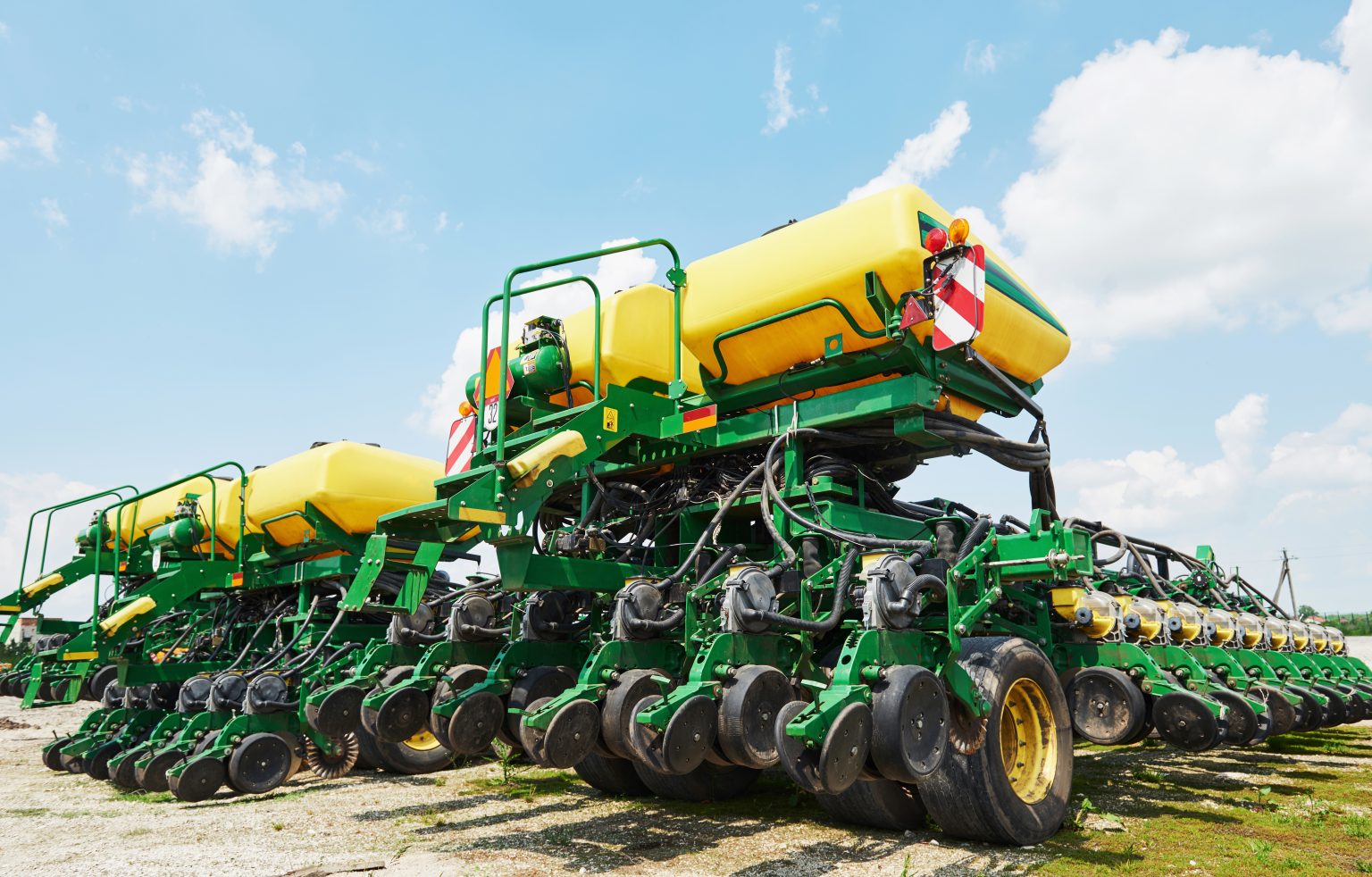
Moreover, the modernization of agricultural machinery has contributed to environmental sustainability. Super-advanced machines are designed to be more fuel-efficient, reducing carbon emissions and the overall environmental impact of farming. With the global focus on reducing greenhouse gas emissions and conserving resources, these machines play a vital role in creating a more sustainable agricultural future.
It’s important to note that the adoption of these advanced machines is not limited to large agribusinesses. Smaller-scale farmers are also benefiting from this modernization. As machinery becomes more affordable and accessible, it levels the playing field for all farmers, helping them remain competitive in an ever-evolving industry.
In conclusion, the incredible advances in super-advanced large planting and harvesting machines are transforming the landscape of agriculture. These machines bring increased efficiency, higher crop yields, and improved sustainability to the world of farming. As the global population continues to grow, agricultural machinery modernization is not just an option; it’s a necessity to ensure food security and sustainable farming practices for the future. By embracing these technological innovations, farmers are reaching new heights in their quest to feed the world.

